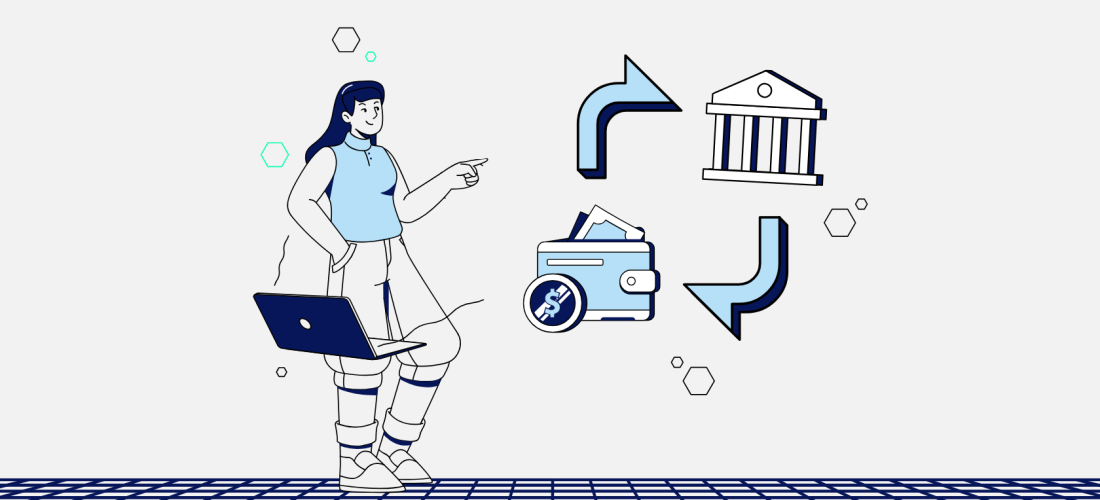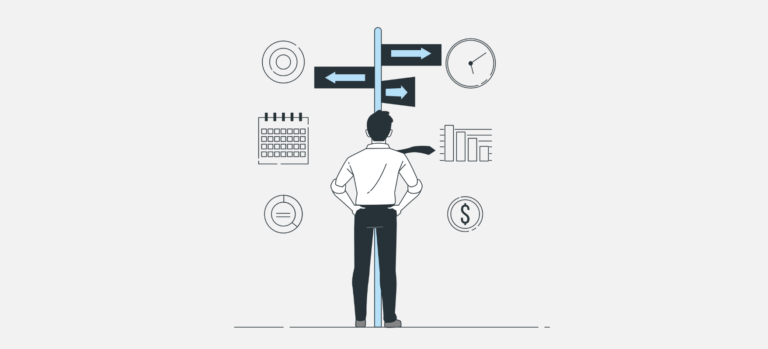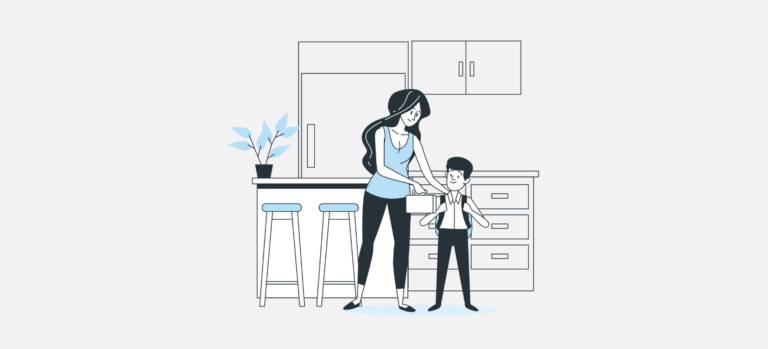What is the 2nd pillar?
The 2nd pillar is mandatory for employees whose annual income exceeds a minimum threshold (CHF 22,680 from 2025). Contributions are shared between the employee and the employer, and paid into a pension fund (pension fund). This savings system is based on the principle of capitalization: the contributions paid in are invested and generate personal assets.
Situations giving right to a withdrawal
Your BVG capital can be withdrawn under several conditions:
- Ordinary withdrawal on retirement (1/4 of minimum compulsory assets)
- Early retirement
- Withdrawal for the purchase of a home as a principal residence
- Definitive departure from Switzerland
- Starting a self-employed business
1. Ordinary retirement
The most common situation is withdrawal upon retirement. At the legal age (65 years for men and progressively 65 for women starting with AVS21), the insured can receive their assets as a life annuity, a lump sum, or a combination of both if permitted by their pension fund regulations. The insured has the right to request a minimum withdrawal of 25% of their capital.
The choice to receive all or part of the capital instead of a pension must be made in writing within a deadline set by the pension fund (often 1 to 3 years before retirement). Once this choice is made, it is irrevocable.
2. Early retirement
Most pension funds allow early retirement from 58 years old. In this case, the insured may request an early annuity (with a lower conversion rate), or a lump-sum payment in accordance with the terms of his or her regulations.
Some institutions impose a proportional reduction in benefits for each year of early retirement. In general, early retirement can reduce the conversion rate between 0.10 and 0.30% per year of anticipation.
3. Withdrawal for the purchase of a home as a principal residence
The Law on Vested Pension Benefits (LFLP) authorizes the use of 2nd pillar capital for the encouragement of home ownership (EPL). Two options are available:
- Early withdrawal: part or all of the equity can be used to finance the purchase, construction or mortgage repayment of a home for own use.
- Pledging: the capital remains in the pension fund but is pledged to the bank to increase borrowing capacity.
The property must be used as principal residence (and not as a second home or investment property). Withdrawals are subject to a one-off capital gains tax at a reduced rate.
4. Final departure from Switzerland
If the insured moves to a country outside the European Union or EFTA, they may withdraw their entire LPP assets (both mandatory and supplementary parts). However, if moving to an EU or EFTA country, only the supplementary assets can be withdrawn. The mandatory assets are transferred to a vested benefits account.
Proof of new residence abroad is required (certificate of residence, deregistration from the commune, etc.).
5. Starting a self-employed business
When a person leaves salaried employment to become self-employed, they can request the payment of their pension assets. This withdrawal is only possible within one year after the start of the self-employment activity and provided that this activity is not secondary.
Concrete evidence is required (AVS registration , tax status, etc.).
Taxation of capital withdrawals
The withdrawal of an LPP capital is taxed separately from income, at a progressive preferential rate, calculated according to the canton and the amount withdrawn. The higher the capital, the higher the tax rate. To optimize taxes, it is common to plan a staggered withdrawal, especially for insured persons with multiple vested benefits accounts.





